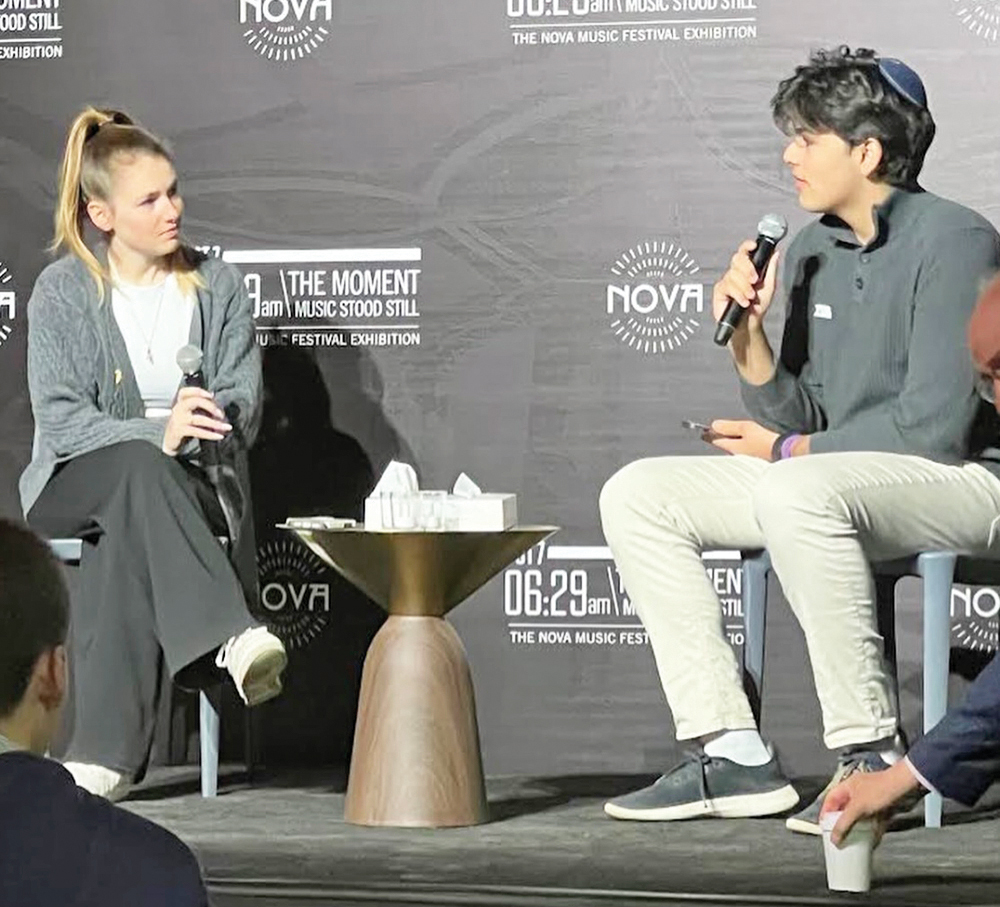Parshat B’ha’alotecha
The haftarah that we read this Shabbat is a selection taken from Sefer Zecharya (Chapters 2-4) which includes the vision of the seven-branched menorah. The connection to our parsha is quite clear as the opening pesukim of the reading describe the the charge issued to Aharon to light the menorah in the Mishkan. But a puzzling issue remains.
There are 136 verses in the parsha that include different events and various topics. And yet, all the Rabbis could find for a haftarah was based upon the smallest section from all these topics? What important idea did our scholars see in this portion discussing the menorah that led them to conclude that it should be read on this Shabbat?
The solution to this puzzle can be found, I believe, in understanding why the menorah lighting opens the parsha at all. While the topic preceding our parsha spoke of the Chanukat HaMishkan and the following topic discussed the consecration of the Leviyim for their service in the Mishkan, the lighting of the menorah, a daily requirement, seems to be out of place. Rashi explains that the mitzvah came as a consolation for Aharon who regretted that his tribe of Levi had not brought any gift, as had the other tribes, and so, Hashem comforted him by granting him the privilege to light the menorah—not a one-time “gift” but an act that he would observe daily.
The Ramban proposes that the “consolation” was not in the daily Menorah lighting but rather, in the promise that it would be the kohanim, the Chashmonaim, who would rededicate the Mikdash in the future during the story of Chanukah, when they would, once again, kindle the lights of the menorah. And perhaps most comforting, the assurance that those lights would be kindled in every Jewish home—even in the Galut—for thousands of years.
The Ramban adds that this was true of the Birkat Kohanim as well, for even after churban bayit, the service of the Kohanim would continue in every Bet Knesset. When we consider that the mitzvah that preceded the list of gifts brought by the nesi’im was the mitzvah of Birkat Kohanim, we better understand how the section of the menorah lighting belongs precisely where it is—a bookend with the opening.
Simply stated, the Ramban saw the menorah as a message of comfort for all of Israel. He saw it as a reassurance to all that even when the Bet Mikdash would be gone, even in Galut, the guarantee of the continuation of Temple-based mitzvot, would bringe hope and emunah to every Jewish community.
So how does this help us understand the choice of this haftarah?
Chazal could have seen in Zecharya’s vision of the menorah the same message of comfort and hope for the future. The haftarah’s first vision is a message given to the Kohen Gadol, Yehoshua, who struggled to complete the construction of the Second Temple against tremendous odds. He appeared in the vision wearing filthy garments, as if unworthy of the task, somewhat like Aharon who thought himself unworthy for not having offered a gift to Hashem.
G-d responded with the vision of the golden menorah, reassuring Yehoshua that his worthiness is not defined by his wealth, nor would the Beit Mikdash be judged by its splendor. Rather, both the success of the Kohen Gadol and that of the Beit HaMikdash would depend only on Hashem’s spirit “ki im b’ruchi,” something that will always remain.
The navi’s message to Yehoshua of how his efforts would bring eternal blessing brought comfort both to him and to his struggling generation. Yes, there would be a future and that his present success would lead to continued observance for all was a consolation for him…and for his nation
It’s G-d’s message of eternal blessing taught by the menorah.
And a message for us to remember today as well.
Rabbi Neil Winkler is the rabbi emeritus of the Young Israel of Fort Lee, and now lives in Israel.













